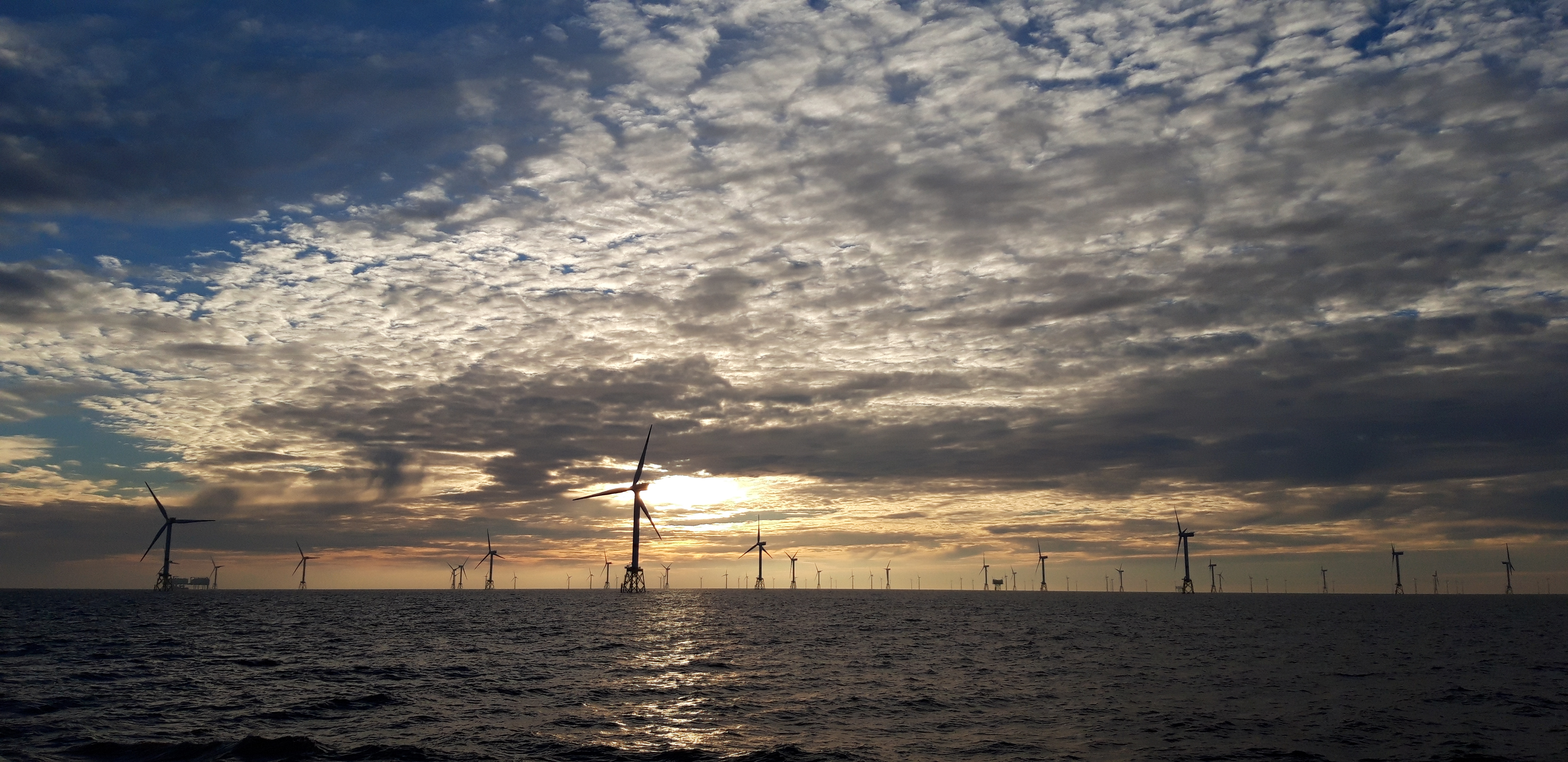BSH assigns geophysical pre-site survey in the German North Sea to Fraunhofer IWES
The tender process for the surveying of offshore windfarm areas within the German Exclusive Economic Zone (EEZ) is managed centrally by the Federal Maritime and Hydrographic Agency (Bundesamt für Seeschifffahrt und Hydrographie, BSH) since 2017 according to the Windenergie-auf-See-Gesetz (WindSeeG). These surveys supply an informational basis for prospective wind farm operators to evaluate individual areas and to prepare a bid for their development. Operators may rely on relevant information on the maritime environment, the sub-seafloor geology, the wind field and the oceanographic setting to estimate development costs and the expected return in produced energy.
Fraunhofer IWES has been chosen by BSH for the third consecutive year as the most promising bidder to carry out the geophysical survey of the areas N-06-06 and N-06-07 in 2020. Survey operations are planned to take place in June/July 2020 and will comprise several weeks of offshore work. Acquired data will be processed and interpreted in the Bremen and Bremerhaven offices of Fraunhofer IWES. The project is planned to be completed by November 2020.
“This project allows Fraunhofer IWES again to employ its expertise in the strategic expansion of regenerative energy production in the framework of the energy transition”, according to Prof. Andreas Reuter, Managing Director Fraunhofer IWES.
Geophysical measurements are necessary for the design of wind turbine foundations. These foundations require a significant portion of the overall investments of offshore windfarm development. An accurate knowledge of the sub-seafloor geology allows an efficient design of the foundations, thus minimizing development costs. Geophysical methods, predominantly seismic methods, are a major component of detailed sub-surface models that are required to understand the complex sediment strata of the North Sea. Seismic data are acquired by emitting a sound pulse using specialized equipment and recording the reflected signal from sedimentary surfaces with multiple receivers towed in a cable behind the survey vessel. Sophisticated data processing results in vertical profiles through the sub-surface that show sedimentary structures down to a depth of several 100 m below the seafloor. Relevant surfaces such as the outlines of glacial tunnel valleys may be mapped from these profiles and implemented in a sub-surface geological model. Fraunhofer IWES has successfully employed this methodology for the surveying of different German windfarm areas as well as in various research projects in the North and Baltic Seas.
“We are very happy to again carry out this years’ offshore survey for BSH. We are the ideal partner for the geophysical surveying of offshore windfarm areas due to our specialized seismic equipment as well as our experience in the acquisition and analysis of seismic data”, concludes Dr. Benedict Preu, Head of Department Sub-surface Investigations Fraunhofer IWES.
__
Fraunhofer IWES ensures investments in technological developments in the field of wind energy through its validation services. By operating large test rigs, it accelerates the market introduction of innovative products, enhances certification processes and increases planning security by using state-of-the-art measurement techniques. Fraunhofer IWES employs around 220 scientists and administrative staff and more than 80 students at five sites: Bremerhaven, Hanover, Bremen, Hamburg and Oldenburg.
Last modified:
